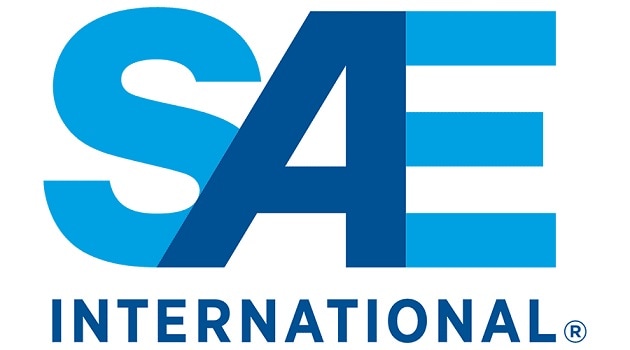SAE規格 ARP5150, Revision A, 2019: (R) Safety Assessment of Transport Airplanes in Commercial Service
※当ウェブ・ショップに掲載のない規格につきましては、別途お問合せ下さいませ。
※掲載の規格は、当ウェブ・ショップに掲載時点で確認できた最新版でございます。 最新の発行状況につきましては受注時に改めて確認をさせて頂きますので予めご了承下さい。
Description
This document describes guidelines, methods, and tools used to perform the ongoing safety assessment process for transport airplanes in commercial service (hereafter, termed “airplane”). The process described herein is intended to support an overall safety management program. It is associated with showing compliance with the regulations, and also with assuring a company that it meets its own internal standards. The methods identify a systematic means, but not the only means, to assess ongoing safety.
While economic decision-making is an integral part of the safety management process, this document addresses only the ongoing safety assessment process. To put it succinctly, this document addresses the “Is it safe?” part of safety management; it does not address the “How much does it cost?” part of the safety management.
This document also does not address any specific organizational structures for accomplishing the safety assessment process. While the nature of the organizational structure is significant to the quality of a safety program, this document focuses on the functions to be accomplished and does not attempt to define what the structure should be. The intent is to leave the greatest amount of flexibility to the organizations that use this document.
Purpose
This document provides a systematic process to measure and monitor safety to help determine safety priorities and focus available resources in areas that offer the greatest potential to improve aviation safety. The current practice for ongoing safety assessment relies primarily on input from individual carriers or operators, with substantial involvement from the manufacturers, suppliers, airworthiness authorities, and other aviation service providers. There are variations in practices at all levels throughout the industry. Also, air transport carriers, air cargo carriers, and manufacturers each use their own methods for accomplishing safety assessment. It is felt that the creation of an industry practice will enhance consistency of approach in how airplane safety assessment is conducted and how airplanes are operated worldwide. This document is not a regulation. It is, rather, a compendium of best safety practices gathered together as a reference. It allows the users to compare their existing methods to those listed herein to seek improvements.
To improve safety during the complete airplane life cycle, it is not sufficient to assess the safety of the airplane only during its design phase. Ongoing airplane operations must be evaluated for safety (e.g., maintenance or operation procedures). The airplane is also evolving and changing during the “In-Service” phase (e.g., obsolescence, modifications). Differences exist or can develop between the assumptions made during the design phase and how the airplanes are actually operated and maintained. For these reasons, safety should be assessed also during the “In-Service” phase of the airplane life cycle. In order to do that, information must be collected, monitored and analyzed. A large portion of this needed information may already exist in an organization's maintenance or warranty information databases.
In addition to maintaining the safety of the airplane, there is also a need to enhance safety wherever possible. This means that the user must always be alert to the opportunity to advance safety where possible and feasible.
The transport airplane accident rate has improved since 1975; however, the number of airplanes has greatly increased and will continue to increase. The transport aviation industry provides the safest form of transportation in the world, but each accident generates tremendous negative effect. Thus, it is imperative to constantly improve. This can be accomplished by continuously improving what we do and what we accept as adequate.
This revision contains several new practices (e.g., the Transport Airplane Risk Analysis Method (TARAM), Safety Management System (SMS)) that did not exist at the time of the original publication.











